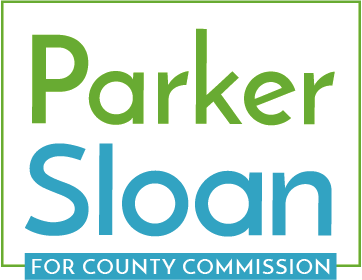Continued 100% Renewable Energy Policy
Install an additional 1 MW on existing county buildings not included in the initial RFP.
Require solar on all newly constructed county-owned buildings for an additional 1 MW.
Install an additional 5 MW solar farm on existing county owned land.
Install 10 MW of solar on existing brownfield properties in Buncombe County.
Implement energy efficiency measures on county buildings to reduce energy use by 1 MW.
Convert 25% of the county’s vehicle fleet to electric vehicles or other highly efficient hybrids, which would reduce the carbon footprint of the county government by 2 MW-equivalent.
Together, the above items could achieve an additional 20 MW through energy efficiency and renewables, which is more than is needed to meet our internal 100% renewable goal.
As Commissioner, I will support re-directing the $5.4 million per year we currently spend on buying fossil fuel generated electricity from Duke Energy into installing solar for our city and county schools and A-B Tech. The county should also take a leadership role in helping transition other public sector organizations such as the City of Asheville, MSD, the Asheville Airport, the volunteer fire districts and other municipalities such as Weaverville, Fletcher, and Black Mountain.
How are you going to pay for it?
Solar is now cost-competitive with fossil fuels when looking at it from a system life-cycle perspective. For example, if the county simply keeps purchasing fossil fuel generated electricity from Duke we as local taxpayers will spend up to $200 million over the next decade on electric utilities just for public facilities and schools. Converting our public facilities in the next 10 years over to renewables will likely require an investment of around $90 million. If we used a “pay as you go” approach (ie. just using cash from our Fund Balance) to buy solar PV systems, investments in solar would have to compete against other priorities such as public education and affordable housing in the annual budget process or would require large property tax increases.
The good news is that the county is in an excellent position to use debt financing to make the significant investments we need in renewables. The county has low levels of debt compared to its capacity and a AAA credit rating, enabling it to borrow money using existing county-owned real estate assets as collateral at rates around 3% for 15 - 20 years. The county can use the reductions in our utility bills as the revenue source to make the debt payments on the renewable projects. In this way, our investments in renewables will not have to compete in the annual budget process with other important priorities like schools, teachers and affordable housing.
